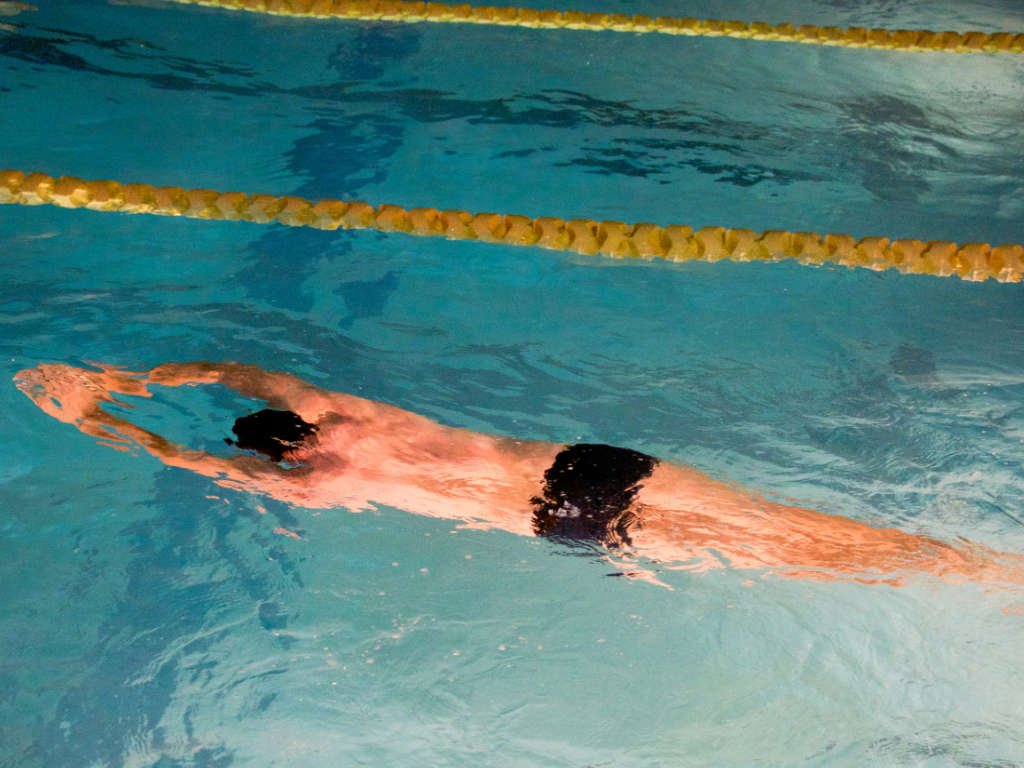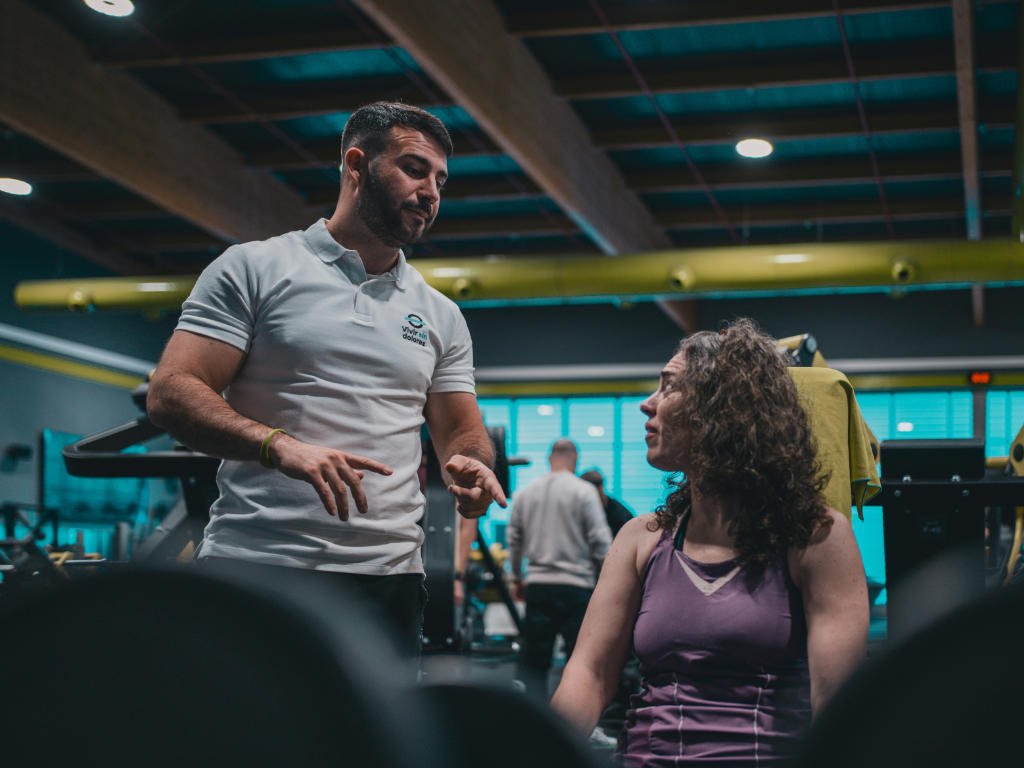Table of Contents
Have you ever wondered why some people seem to bounce back from intense workouts while others struggle with lingering soreness and fatigue? The secret lies in understanding the critical role of post-workout recovery in your fitness journey. It’s not just about resting—it’s about optimizing how your body repairs, rebuilds, and grows stronger after each training session.
Many fitness enthusiasts make the mistake of thinking that more is always better when it comes to exercise. They push through soreness, skip rest days, and wonder why their progress stalls or why they keep getting injured. The truth is, post-workout recovery isn’t a luxury—it’s an absolute necessity for anyone serious about achieving their fitness goals.
The Science Behind Muscle Recovery and Why Your Body Needs It
When you engage in physical activity, especially strength training or high-intensity workouts, you’re creating controlled damage to your muscle fibers. This might sound alarming, but it’s actually the foundation of how we get stronger. During exercise, you create microscopic tears in muscle tissues, elevate stress hormones, and trigger inflammatory responses throughout your body.
But here’s where the magic happens: muscle recovery isn’t just about feeling better—it’s when your body actually builds new, stronger tissue. According to research from Medical News Today, this process of stress and recovery, when repeated consistently, leads to improved health and fitness.
The recovery process serves several essential functions:
Protein Synthesis and Muscle Growth: During recovery periods, your body ramps up protein synthesis to repair and rebuild muscle tissue. This process makes your muscles not just healed, but actually stronger than before the workout.
Metabolic Restoration: Exercise depletes energy stores in your muscles and liver. Recovery time allows your body to replenish glycogen stores and restore normal metabolic function.
Hormonal Balance: Intense exercise elevates stress hormones like cortisol. Proper recovery helps bring these hormones back to healthy levels, preventing the negative effects of chronic stress on your body.
Understanding Different Types of Recovery Methods
Active Recovery: Keep Moving, But Smart
Active recovery has gained significant attention in recent years, and for good reason. Instead of complete rest, this approach involves performing low-intensity activities that keep blood flowing while allowing your muscles to recover from more intense training.
Research suggests that active recovery can be particularly beneficial because it:
- Promotes blood circulation, which helps deliver nutrients to recovering muscles
- Reduces the buildup of metabolic waste products like lactic acid
- Maintains movement patterns without adding significant stress
- Can actually speed up the recovery process compared to complete rest
Great active recovery activities include:
- Light walking or easy cycling
- Gentle yoga or stretching routines
- Swimming at a comfortable pace
- Flexibility training techniques that focus on mobility
The key is keeping the intensity low—you should feel energized, not exhausted, after active recovery sessions.

Passive Recovery: The Power of Complete Rest
Sometimes, your body needs complete rest, and that’s perfectly fine. Passive recovery involves taking time off from structured exercise entirely, allowing your body to focus all its energy on repair and restoration.
This approach is particularly important when:
- You’re dealing with acute soreness or minor injuries
- You’ve been training intensely for several weeks
- You’re experiencing signs of overtraining or burnout
- Your sleep or stress levels have been compromised
Don’t underestimate the value of doing absolutely nothing sometimes. Your body does incredible repair work when you’re sleeping, relaxing, or simply going about your daily activities without additional exercise stress.
How Long Should Your Recovery Period Last?
This is probably one of the most common questions fitness enthusiasts ask, and unfortunately, there’s no one-size-fits-all answer. Recovery time depends on several factors:
Workout Intensity and Type: High-intensity strength training typically requires 48-72 hours of recovery for the specific muscle groups worked, while lighter cardio might only need 24 hours or less.
Your Fitness Level: Beginners often need longer recovery periods as their bodies adapt to exercise stress, while seasoned athletes might recover more quickly due to improved efficiency in repair processes.
Age and Individual Factors: As we age, recovery generally takes longer. Factors like sleep quality, nutrition, stress levels, and overall health also play significant roles.
Training History: If you’ve been consistently training for months or years, you might find you need longer recovery periods to continue making progress and avoid burnout.
Why Recovery Matters More Than You Think
Injury Prevention: Your First Line of Defense
One of the most compelling reasons to prioritize post-workout recovery is injury prevention. According to Everyday Health, fatigued muscles are significantly more prone to strains, tears, and other injuries.
When muscles are tired, they can’t:
- Maintain proper form during exercises
- Provide adequate support to joints
- React quickly to prevent falls or awkward movements
- Generate force efficiently, leading to compensation patterns
Think about it this way: would you rather take a planned rest day or be forced to take several weeks off due to an injury? The choice seems pretty obvious when you put it like that.
Performance Enhancement: Getting Better Results
Here’s something that might surprise you: you don’t actually get stronger during your workouts—you get stronger during recovery. Exercise provides the stimulus, but muscle recovery is when the actual adaptation happens.
During recovery periods, your body:
- Rebuilds muscle fibers to be larger and stronger
- Improves the efficiency of energy systems
- Enhances neuromuscular coordination
- Increases bone density and connective tissue strength
If you’re not allowing adequate recovery, you’re essentially interrupting this improvement process. It’s like trying to build a house while constantly tearing down the walls—you won’t make much progress.
Long-term Health and Sustainability
Research emphasizes that proper recovery is essential for long-term fitness success. When you consistently prioritize recovery, you’re more likely to:
- Maintain motivation and enjoyment in your workouts
- Avoid burnout and exercise aversion
- Continue exercising consistently over months and years
- Experience steady progress rather than frustrating plateaus
Essential Recovery Strategies That Actually Work
Nutrition: Fueling Your Recovery Engine

Post-workout nutrition isn’t just about what you eat immediately after exercise—though that’s important too. Your overall nutritional status significantly impacts how quickly and effectively your body recovers.
Key nutritional priorities for optimal recovery include:
Protein Intake: Aim for adequate protein throughout the day, not just post-workout. Your muscles need amino acids available consistently for repair and growth. Consider exploring muscle recovery supplements to support your protein intake.
Carbohydrate Replenishment: Carbs aren’t the enemy—they’re fuel for your recovery. They help replenish muscle glycogen and can actually support protein synthesis when consumed together with protein.
Hydration: Dehydration can significantly slow recovery by impairing circulation and nutrient delivery. Don’t just drink water during workouts—maintain good hydration throughout the day.
Anti-inflammatory Foods: Include foods rich in omega-3 fatty acids, antioxidants, and phytonutrients to help manage exercise-induced inflammation naturally.
Sleep: The Ultimate Recovery Tool
If you had to choose just one recovery strategy, sleep would be the winner hands down. During deep sleep, your body produces growth hormone, consolidates memory (including motor learning from workouts), and performs most of its cellular repair work.
Sleep quality matters as much as quantity:
- Aim for 7-9 hours per night for most adults
- Maintain consistent sleep and wake times
- Create a cool, dark, quiet sleep environment
- Limit screen time before bed
- Consider how your workout timing affects your sleep
Poor sleep doesn’t just make you feel tired—it actively impairs recovery by disrupting hormone production and cellular repair processes.
Stress Management: The Often-Overlooked Recovery Factor
Physical exercise is just one form of stress on your body. Work stress, relationship stress, financial worry—all of these can interfere with recovery by keeping stress hormones elevated.
Effective stress management techniques can significantly improve your recovery:
- Meditation or mindfulness practices
- Deep breathing exercises
- Time in nature
- Social connections and support
- Hobbies and activities you enjoy
Remember, your body can’t distinguish between different types of stress—it all adds up and affects your ability to recover from workouts.
Movement and Mobility Work
Incorporating gentle movement into your recovery routine can accelerate the healing process. This doesn’t mean more intense exercise—it means purposeful, low-intensity activities that promote circulation and maintain mobility.
Effective recovery movement includes:
- Dynamic warm-ups on rest days
- Yoga or tai chi sessions
- Foam rolling and self-massage
- Walking or light swimming
- Flexibility training focused on problem areas
The goal is to keep your body moving without adding significant stress to recovering tissues.
Common Recovery Mistakes That Slow Your Progress
The “No Pain, No Gain” Mentality
While some discomfort after challenging workouts is normal, sharp pain, persistent soreness lasting more than a few days, or pain during daily activities are signs you need more recovery time. Pushing through these signals often leads to injury and setbacks.
Inconsistent Recovery Practices
Recovery isn’t something you do occasionally when you feel tired—it should be as consistent as your workout routine. Sporadic attention to sleep, nutrition, and stress management will give you sporadic results.
Ignoring Individual Needs

What works for your training partner or favorite fitness influencer might not work for you. Age, training history, lifestyle factors, and genetics all influence recovery needs. Pay attention to your body’s signals rather than following someone else’s prescription.
All-or-Nothing Thinking
Recovery doesn’t have to be perfect to be effective. If you miss a night of good sleep or eat a less-than-optimal meal, don’t throw in the towel. Consistency over perfection is the key to long-term success.
Advanced Recovery Techniques Worth Considering
Cold Therapy and Heat Application
Cold therapy (ice baths, cold showers, cryotherapy) can help reduce inflammation and muscle soreness when used strategically. However, timing matters—too much cold immediately after strength training might interfere with some adaptations.
Heat therapy (saunas, hot baths, heating pads) can promote circulation and relaxation, particularly beneficial for recovery from endurance activities or when combined with stretching.
Massage and Bodywork
Professional massage, self-massage with tools, or even gentle partner massage can:
- Improve circulation
- Reduce muscle tension
- Promote relaxation and stress reduction
- Identify problem areas before they become injuries
Recovery Technology
While not necessary, some people find value in:
- Heart rate variability monitoring
- Sleep tracking devices
- Compression garments
- Infrared saunas
- Percussion massage devices
Remember, these tools can be helpful, but they’re not substitutes for the fundamentals of good sleep, nutrition, and stress management.
Creating Your Personal Recovery Plan
Assess Your Current Recovery Habits
Before making changes, honestly evaluate your current approach:
- How many hours of quality sleep do you get nightly?
- What’s your nutrition like in the 24 hours after workouts?
- How do you manage stress in your daily life?
- Do you include any active recovery activities?
- How does your body typically respond to different types of workouts?
Design a Sustainable Approach
Your post-workout recovery plan should fit your lifestyle and be sustainable long-term. Consider:
Daily Non-Negotiables: What recovery practices can you commit to every single day? (Sleep and basic nutrition usually top this list)
Weekly Priorities: What recovery-focused activities can you include 2-3 times per week? (Active recovery sessions, meal prep, stress management practices)
Monthly Check-ins: How will you assess and adjust your recovery approach over time?
Match Recovery to Training Intensity
Your recovery needs will fluctuate based on your training:
- High-intensity training days: Plan for longer recovery periods, focus on nutrition and sleep
- Moderate training days: Include some form of movement or mobility work
- Light training or rest days: Focus on stress management and preparation for upcoming workouts
Frequently Asked Questions About Post-Workout Recovery
How do I know if I’m recovering properly?
Good recovery signs include: feeling energized for your next workout, experiencing normal muscle soreness that decreases over 24-48 hours, maintaining good mood and motivation, sleeping well, and seeing consistent progress in your fitness goals. Poor recovery signs include: dreading workouts, persistent fatigue, increased irritability, frequent minor illnesses, stalled progress, and soreness lasting more than 72 hours.
Should I work out if I’m still sore from my last session?
Light soreness is usually fine to work out through, especially if it’s been 48+ hours since your last session. However, if you’re experiencing sharp pain, significant soreness that interferes with daily activities, or soreness in the same muscle groups you plan to train, it’s better to opt for active recovery or work different muscle groups.
Can I speed up recovery with supplements?
While whole foods should be your primary focus, some supplements may support recovery: protein powder for convenience, creatine for muscle recovery and performance, omega-3s for inflammation management, and magnesium for sleep quality. However, supplements can’t compensate for poor sleep, nutrition, or excessive training stress. For more detailed information, check out our guide on muscle recovery supplements.
How does age affect recovery time?
Recovery generally takes longer as we age due to: decreased hormone production (especially growth hormone and testosterone), slower protein synthesis rates, reduced sleep quality, longer healing times for connective tissues, and increased likelihood of having other health conditions. However, regular exercise and good recovery practices can significantly slow age-related decline in recovery ability.
What’s the difference between soreness and pain?
Normal muscle soreness typically: develops 12-24 hours after exercise, feels like a dull ache or tightness, is symmetrical (both sides of the body), improves with light movement, and gradually decreases over 2-3 days. Pain that needs attention: comes on suddenly during or immediately after exercise, feels sharp or stabbing, is asymmetrical (one side only), gets worse with movement, and persists or worsens over time.
How do stress and lifestyle factors affect recovery?
Stress significantly impacts recovery by: elevating cortisol levels which can interfere with muscle repair, disrupting sleep quality and quantity, affecting appetite and food choices, reducing motivation for healthy behaviors, and compromising immune function. Managing stress through proven techniques is crucial for optimal recovery.
The reality is that post-workout recovery isn’t just about feeling better—it’s about optimizing every aspect of your fitness journey. When you give your body the time, resources, and attention it needs to recover properly, you’ll not only see better results from your training but also develop a more sustainable, enjoyable relationship with exercise.
Remember, the strongest, most successful athletes aren’t those who can push through the most pain—they’re the ones who understand that recovery is where the real magic happens. Your next breakthrough might not come from a harder workout, but from finally giving your body the recovery it deserves.
Start small, be consistent, and listen to your body. Your future self will thank you for making post-workout recovery a priority today.



2 comments
[…] good news? Strategic post-exercise routines can significantly reduce muscle soreness. When you exercise, you create microscopic damage to muscle […]
[…] active individuals, understanding post-workout recovery strategies that include proper nutrition can be […]